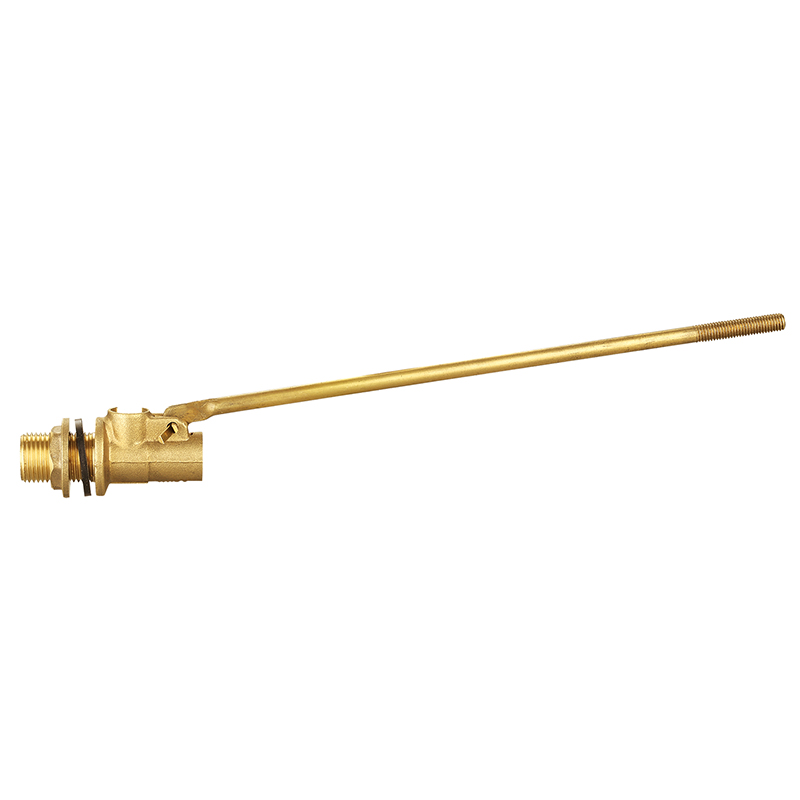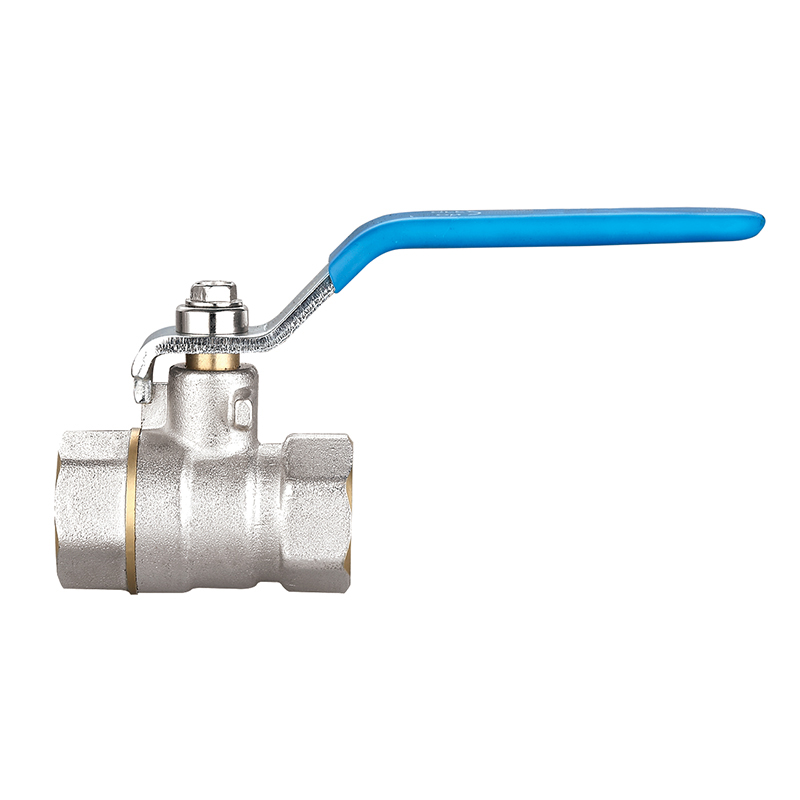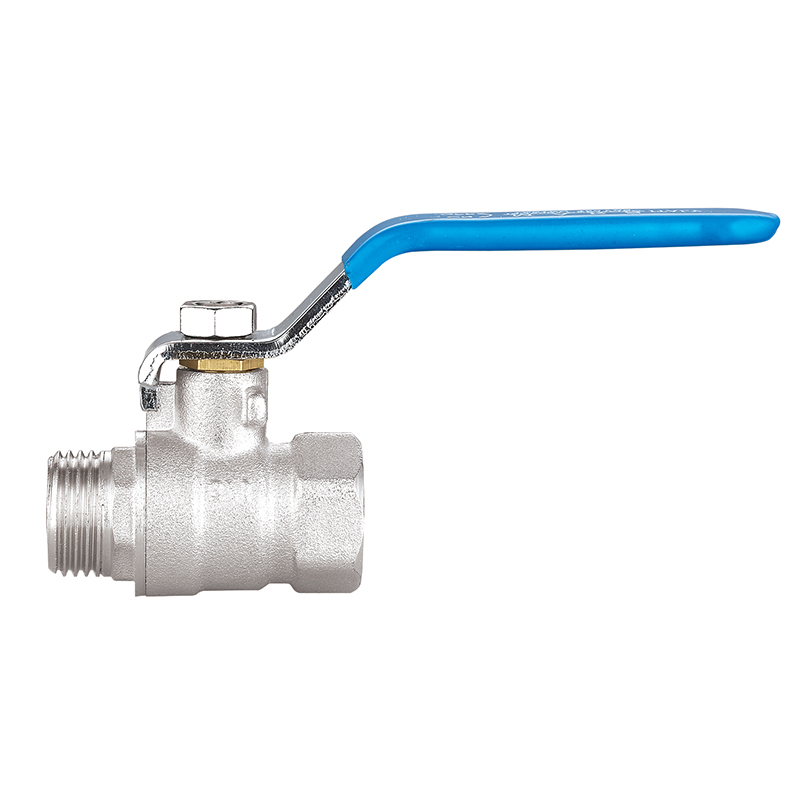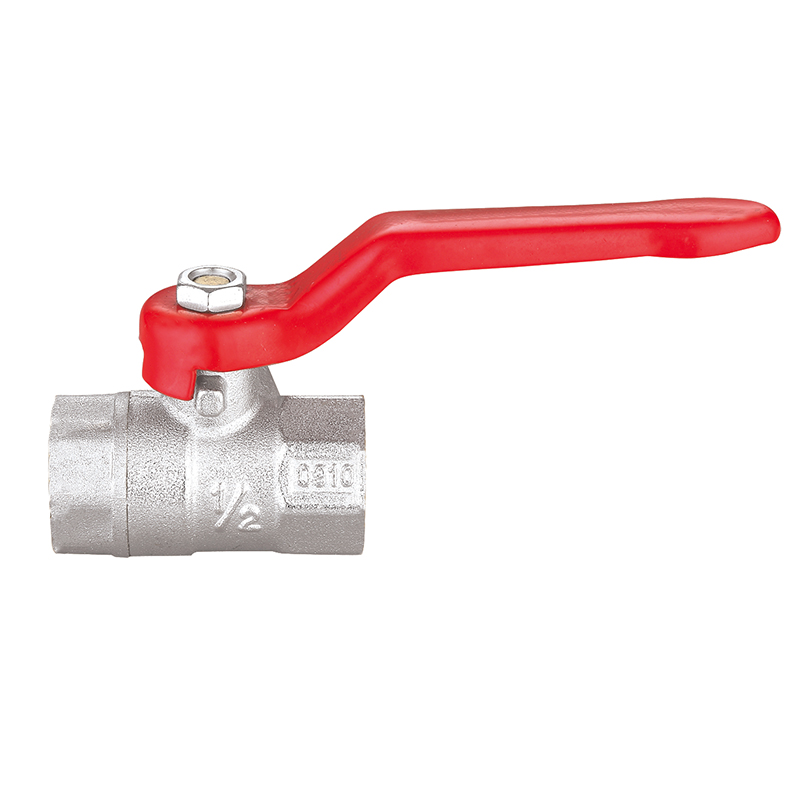Float Valves: Automated Liquid Level Control for Efficient Fluid Management
2025-07-11
Float valves are vital components in many fluid storage and supply systems, designed to automatically regulate the level of liquid within tanks, reservoirs, and cisterns. By employing a simple yet effective mechanical principle, float valves maintain liquid levels without the need for electronic sensors or manual intervention. Their reliability, ease of use, and adaptability make them indispensable in a wide range of industrial, agricultural, and domestic applications.
What is a Float Valve?
A float valve is a type of automatic control valve that adjusts the flow of liquid into a tank or reservoir based on the position of a float device. The float, often a hollow ball or cylindrical chamber, is buoyant and rests on the surface of the liquid. As the liquid level rises or falls, the float moves correspondingly, mechanically actuating the valve to open or close.
When the liquid level drops, the float descends, opening the valve and allowing more liquid to flow in. Conversely, when the desired level is reached, the rising float closes the valve, stopping the inflow and preventing overflow. This feedback mechanism enables precise maintenance of liquid levels with human involvement.
Design and Components
The typical float valve assembly consists of the following parts:
Valve Body: The main housing that connects to the inlet pipe and contains the valve mechanism.
Float Arm: A lever or arm that connects the float to the valve mechanism, transmitting the float’s movement to the valve.
Float: The buoyant device that floats on the liquid surface and moves vertically with changes in liquid level.
Valve Seat and Seal: The internal components that control the opening and closing of the valve to regulate liquid flow.
Adjustment Mechanism: Some valves include adjustable arms or stems to set the desired liquid level precisely.

Materials commonly used for float valves include brass, stainless steel, plastic, and sometimes bronze, chosen according to the liquid type, temperature, and environmental conditions.
Types of Float Valves
Float valves come in various designs tailored for specific applications and fluid types:
1. Ball Float Valves
The widely used design features a hollow ball float attached to a lever arm. The simplicity of the ball float valve makes it highly reliable for water tanks, cooling systems, and livestock watering troughs.
2. Diaphragm Float Valves
These combine a float mechanism with a diaphragm-operated valve, offering precise flow control and sealing. They are often used in industrial settings where fluid pressure and flow require more accurate regulation.
3. Float Valve with Weighted Arm
In some designs, a weighted arm offsets the float’s buoyancy to fine-tune the response or allow operation in turbulent conditions.
4. Plastic or PVC Float Valves
Used primarily in corrosive environments or with non-potable liquids, plastic float valves offer chemical resistance and cost-effectiveness for agricultural or chemical tank systems.
Advantages of Float Valves
Automatic Operation: Float valves work without electricity or complex sensors, making them ideal for remote or off-grid applications.
Simple and Durable: The mechanical design has few moving parts, which translates to low failure rates and easy maintenance.
Precise Level Control: Adjustable arms and calibrated float designs allow for accurate liquid level management.
Versatility: Suitable for a variety of liquids including water, oils, and some chemicals.
Cost-Effective: Low upfront and operating costs compared to electronic level control systems.
Common Applications
Float valves are employed in numerous fields for liquid level control:
Water Storage Tanks: Maintain consistent water supply levels in municipal, residential, and commercial tanks.
Irrigation Systems: Control reservoir levels in agricultural irrigation, preventing overflow or dry running of pumps.
Cooling Towers: Regulate water levels to ensure efficient heat exchange and system safety.
Industrial Process Tanks: Manage fluid levels in manufacturing processes, chemical reactors, and wastewater treatment.
Livestock Waterers: Provide animals with a steady water supply while preventing waste and spillage.
Installation and Maintenance Considerations
Proper installation is critical for reliable float valve performance. The valve must be mounted securely with the float free to move vertically without obstruction. The arm length and float size should be appropriate for the tank dimensions and liquid properties. Installation often requires ensuring the valve inlet matches the supply line and that the valve seat is clean and undamaged.
Whether you want to become our partner or need our professional guidance or support in product selections and problem solutions, our experts are always ready to help within 12 hours globally.




 русский
русский Español
Español عربى
عربى





